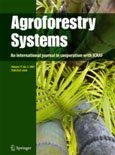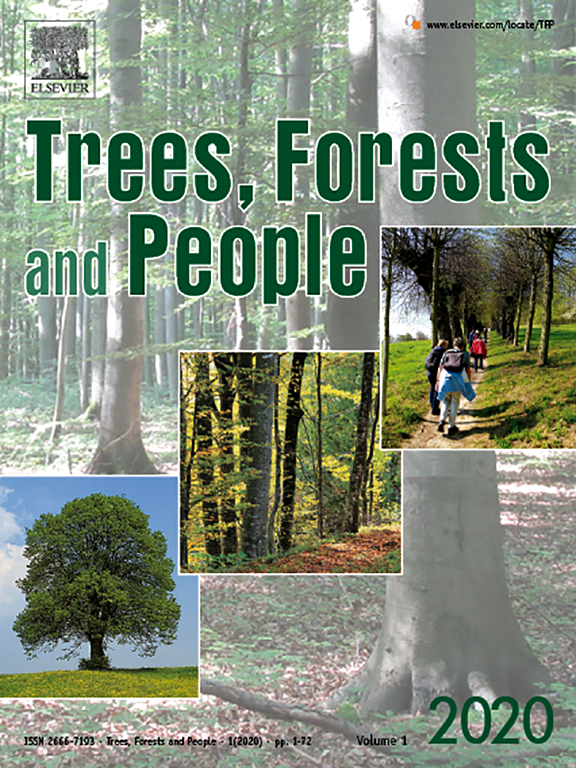The reconciliation of biodiversity conservation, ecosystem service provision and agricultural production in tropical landscapes requires recognition of the trade-offs between competing land-uses. It is especially relevant for conservation planning to assess whether the economic value of ecosystem services is spatially congruent with biodiversity. Previous analyses have largely focused on ecosystem service provision or assumed homogeneous economic values across land uses within biomes. We relax this assumption by carrying out a spatially explicit meta-analysis based on 30 studies of ecosystem service values in tropical forests from The Economics of Ecosystems and Biodiversity (TEEB) database, while controlling for economic, environmental and methodological variables. Our results demonstrate a lack of spatial congruence between the economic value of ecosystem services and biodiversity in tropical forests. Instead, we find that economic value presents a nonlinear inverted-U relationship with site accessibility and economic activity, highlighting the importance of matching supply and demand between each ecosystem service and its beneficiaries for economic values to be realized. The implications are that conservation policies focusing solely on the economic value of ecosystem services will fail to protect biodiversity in remote and less disturbed regions.
DOI:
https://doi.org/10.1016/j.biocon.2014.08.007
Altmetric score:
Dimensions Citation Count:
























